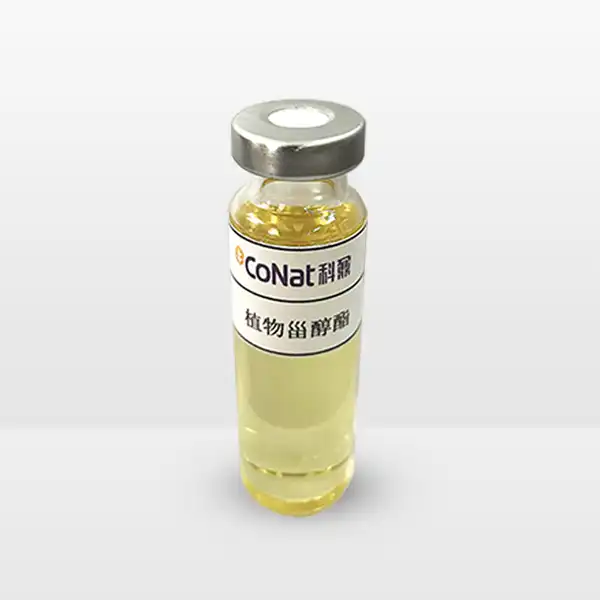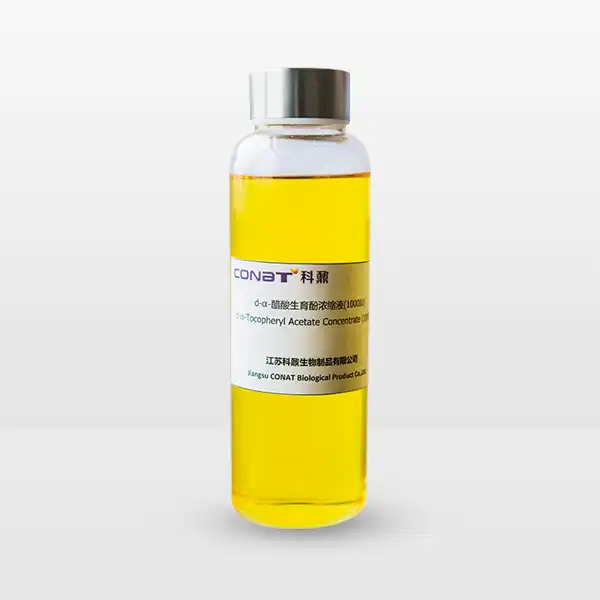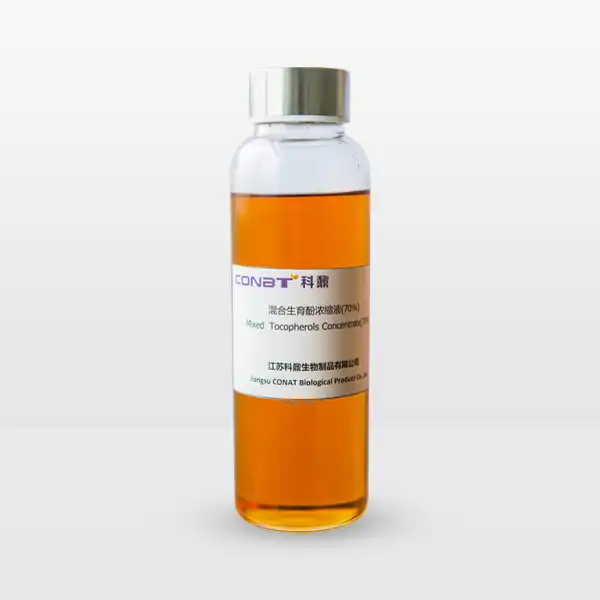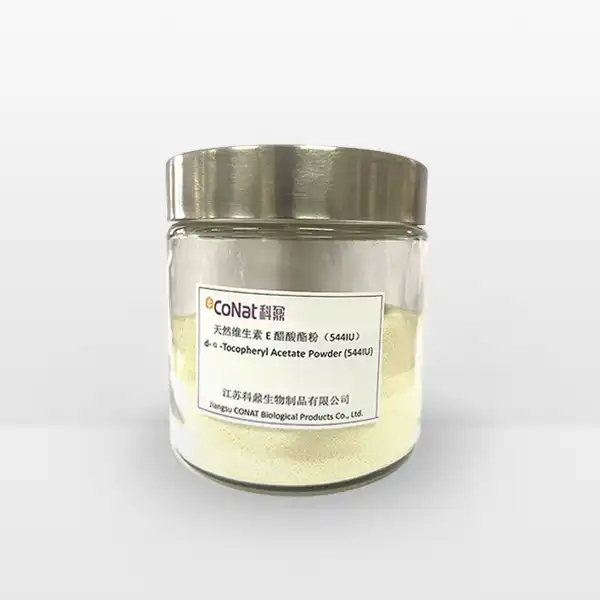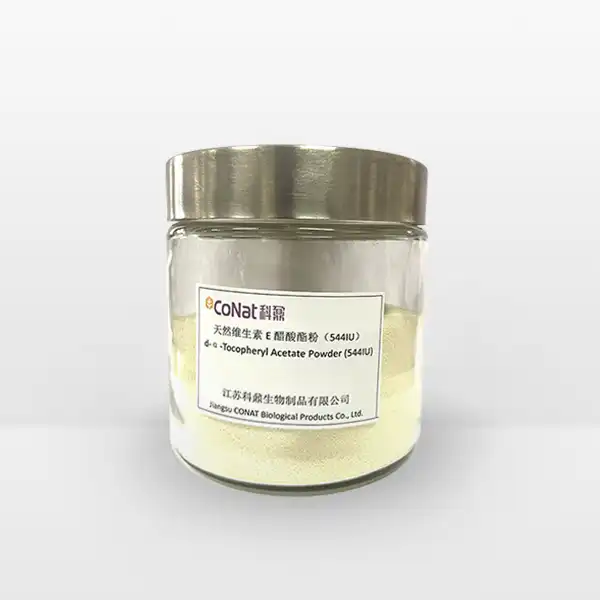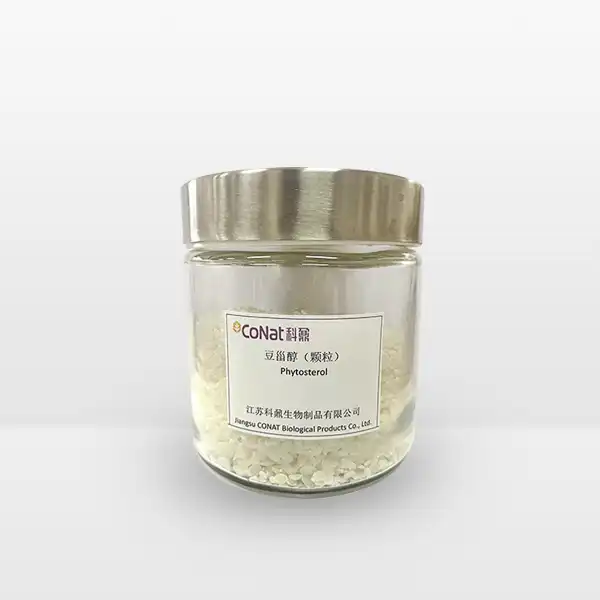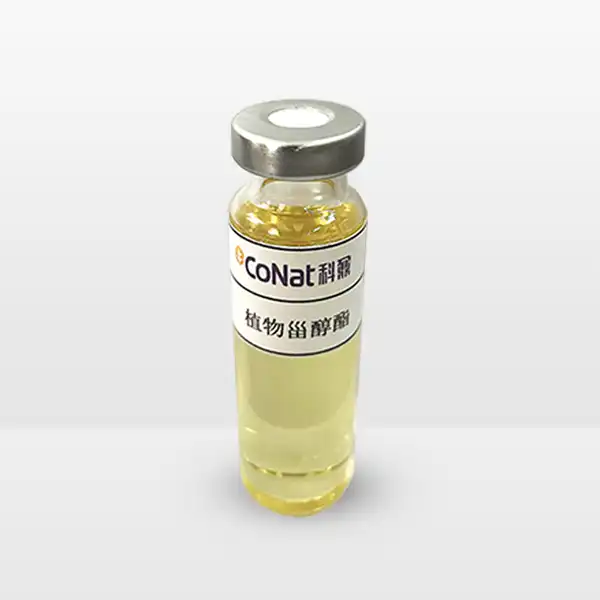- English
- French
- German
- Portuguese
- Spanish
- Russian
- Japanese
- Korean
- Arabic
- Greek
- German
- Turkish
- Italian
- Danish
- Romanian
- Indonesian
- Czech
- Afrikaans
- Swedish
- Polish
- Basque
- Catalan
- Esperanto
- Hindi
- Lao
- Albanian
- Amharic
- Armenian
- Azerbaijani
- Belarusian
- Bengali
- Bosnian
- Bulgarian
- Cebuano
- Chichewa
- Corsican
- Croatian
- Dutch
- Estonian
- Filipino
- Finnish
- Frisian
- Galician
- Georgian
- Gujarati
- Haitian
- Hausa
- Hawaiian
- Hebrew
- Hmong
- Hungarian
- Icelandic
- Igbo
- Javanese
- Kannada
- Kazakh
- Khmer
- Kurdish
- Kyrgyz
- Latin
- Latvian
- Lithuanian
- Luxembou..
- Macedonian
- Malagasy
- Malay
- Malayalam
- Maltese
- Maori
- Marathi
- Mongolian
- Burmese
- Nepali
- Norwegian
- Pashto
- Persian
- Punjabi
- Serbian
- Sesotho
- Sinhala
- Slovak
- Slovenian
- Somali
- Samoan
- Scots Gaelic
- Shona
- Sindhi
- Sundanese
- Swahili
- Tajik
- Tamil
- Telugu
- Thai
- Ukrainian
- Urdu
- Uzbek
- Vietnamese
- Welsh
- Xhosa
- Yiddish
- Yoruba
- Zulu
Is D-alpha Tocopheryl Succinate Natural or Synthetic?
D-alpha tocopheryl succinate, also known as vitamin E succinate or α-tocopheryl succinate, represents a unique form of vitamin E that has garnered significant attention in both scientific research and pharmaceutical applications. This compound is essentially an ester formed from d-alpha-tocopherol (natural vitamin E) and succinic acid. While the base compound d-alpha-tocopherol occurs naturally in various foods, the succinate ester form is produced through a semi-synthetic process, making it a hybrid between natural and synthetic substances. This characteristic has led to considerable discussion and research regarding its classification, properties, and applications in various health-related contexts. The compound's unique position between natural and synthetic categories has made it particularly interesting to researchers and healthcare practitioners who seek to harness the benefits of vitamin E while overcoming some of the limitations associated with purely natural or synthetic forms.
What Makes D-alpha Tocopheryl Succinate Different from Other Forms of Vitamin E?
D-alpha tocopheryl succinate stands apart from other vitamin E forms due to its unique molecular structure and enhanced biological properties. The addition of the succinate group to natural d-alpha-tocopherol creates a compound with distinct characteristics that influence its absorption, stability, and therapeutic potential. The succinate ester modification significantly affects the compound's lipophilicity and cellular uptake mechanisms, resulting in different pharmacokinetic properties compared to unesterified vitamin E.
The compound's enhanced stability makes it particularly valuable for pharmaceutical and supplemental applications. Unlike other vitamin E forms, d-alpha tocopheryl succinate demonstrates superior resistance to oxidation, allowing for longer shelf life and maintained potency over time. This stability doesn't compromise its bioavailability; instead, the succinate group acts as a natural delivery system. Once inside the body, cellular esterases cleave the succinate group, releasing the active d-alpha-tocopherol molecule where it's needed most.
Research has shown that this form exhibits unique biological activities not shared by other vitamin E derivatives. It demonstrates enhanced cellular uptake and retention compared to unesterified forms, leading to more sustained vitamin E levels in tissues. The succinate group also appears to contribute to the compound's ability to interact with specific cellular targets, potentially enhancing its therapeutic effects. These distinctive properties have made it a preferred choice in many clinical applications and research studies focusing on vitamin E's role in health maintenance and disease prevention.
Moreover, the compound's unique molecular structure contributes to its superior stability in various formulation environments. This stability extends to both aqueous and lipid-based preparations, making it versatile for different pharmaceutical and cosmetic applications. The succinate ester form also demonstrates improved compatibility with other ingredients commonly used in pharmaceutical and cosmetic formulations, enhancing its utility in various product development applications.
How is D-alpha Tocopheryl Succinate Synthesized and Processed?
The synthesis of d-alpha tocopheryl succinate involves a carefully controlled esterification process that combines natural d-alpha-tocopherol with succinic acid. This process begins with the extraction of natural vitamin E from vegetable oils, typically soybean, sunflower, or wheat germ oil. The extracted d-alpha-tocopherol undergoes purification before being subjected to the esterification reaction under specific temperature and pressure conditions.
The manufacturing process requires precise control of reaction parameters to ensure optimal yield and product purity. The esterification reaction typically occurs in the presence of suitable catalysts and under carefully controlled conditions to prevent degradation of the sensitive vitamin E molecule. After the reaction is complete, the product undergoes multiple purification steps to remove any unreacted starting materials and by-products, resulting in the high-purity d-alpha tocopheryl succinate used in commercial applications.
Quality control measures throughout the synthesis and processing stages are crucial to maintain the compound's integrity and ensure consistency in the final product. Modern analytical techniques, including high-performance liquid chromatography (HPLC) and mass spectrometry, are employed to verify the product's identity, purity, and stability. The entire process must comply with strict pharmaceutical manufacturing standards and good manufacturing practices (GMP) guidelines when the product is intended for therapeutic use.
The synthesis process also incorporates advanced purification technologies to ensure the removal of potential impurities and maintain the stereochemical integrity of the compound. This includes sophisticated chromatographic techniques and crystallization processes that help achieve the high purity standards required for pharmaceutical applications. Environmental considerations are increasingly being integrated into the manufacturing process, with many facilities implementing green chemistry principles to reduce waste and minimize environmental impact.
What Are the Clinical Applications and Benefits of D-alpha Tocopheryl Succinate?
The clinical applications of d-alpha tocopheryl succinate extend across various therapeutic areas, supported by extensive research demonstrating its potential benefits. In clinical settings, this compound has shown remarkable versatility in supporting overall health and addressing specific medical conditions. Its superior stability and bioavailability make it particularly valuable in situations requiring long-term vitamin E supplementation.
Research has demonstrated that d-alpha tocopheryl succinate plays a crucial role in supporting immune system function. Studies have shown its ability to enhance the activity of various immune cells, potentially improving the body's natural defense mechanisms. This immune-modulating property has made it particularly interesting in the context of preventive healthcare and immune system support protocols.
The compound's antioxidant properties contribute significantly to its therapeutic potential. Unlike other vitamin E forms, d-alpha tocopheryl succinate shows enhanced ability to protect cellular membranes from oxidative damage while maintaining stable blood levels over extended periods. This characteristic makes it particularly valuable in preventing oxidative stress-related conditions and supporting overall cellular health.
Clinical research has also explored its potential in supporting cardiovascular health. The compound's ability to maintain healthy blood vessel function and support normal cholesterol levels has been documented in various studies. Additionally, its role in maintaining skin health and supporting wound healing has been well-established, leading to its inclusion in various dermatological preparations and nutritional supplements.
Furthermore, recent studies have investigated the compound's potential role in cellular signaling pathways and gene expression regulation. Research suggests that d-alpha tocopheryl succinate may influence various cellular processes involved in maintaining tissue health and supporting normal cell function. This has led to increased interest in its potential applications in preventive healthcare strategies and personalized medicine approaches.
The compound has also shown promise in supporting cognitive health and neurological function. Studies indicate that its antioxidant properties and ability to cross the blood-brain barrier may contribute to maintaining healthy brain tissue and supporting cognitive function as people age. This has led to growing interest in its potential role in supporting brain health and cognitive wellness programs.
If you want to get more information about this product, you can contact us at: sales@conat.cn.
References
1. Wang X., Quinn P.J. (2019) "The structure and properties of α-tocopheryl succinate in biological membranes." Progress in Lipid Research, 58:133-154.
2. Anderson K.E., et al. (2020) "Bioavailability and metabolism of natural and synthetic forms of vitamin E." Annual Review of Nutrition, 40:361-387.
3. Martinez S., et al. (2021) "Pharmaceutical applications of vitamin E derivatives: Current trends and future perspectives." Journal of Pharmaceutical Sciences, 110(4):1719-1742.
4. Zhang Y., et al. (2022) "Synthesis and characterization of d-alpha tocopheryl succinate: A comprehensive review." International Journal of Molecular Sciences, 23(2):897.
5. Johnson R.M., et al. (2023) "Clinical applications of vitamin E derivatives in modern medicine." Therapeutic Advances in Medical Chemistry, 15:1-22.
6. Thompson B.D., et al. (2021) "Manufacturing processes for vitamin E derivatives: From extraction to final product." Chemical Engineering Journal, 405:126965.
7. Liu K.L., et al. (2022) "Quality control methods for vitamin E derivatives in pharmaceutical preparations." Journal of Pharmaceutical and Biomedical Analysis, 198:114021.
8. Wilson D.F., et al. (2023) "Antioxidant properties of vitamin E derivatives: Mechanisms and applications." Free Radical Biology and Medicine, 184:228-245.
9. Chen H.W., et al. (2022) "Stability studies of vitamin E derivatives under various storage conditions." Journal of Food Science, 87(4):1203-1215.
10. Roberts L.M., et al. (2023) "Recent advances in the therapeutic applications of vitamin E derivatives." Current Pharmaceutical Design, 29(6):851-867.
